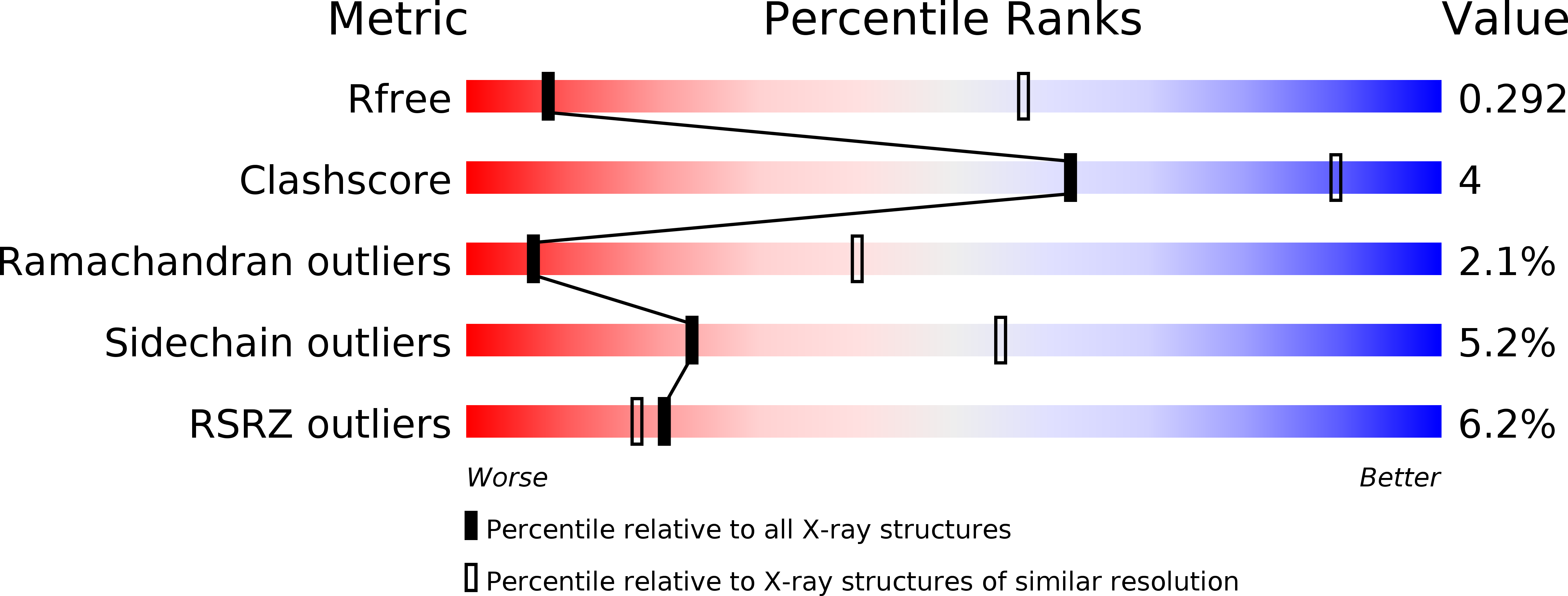
Deposition Date
2017-08-29
Release Date
2018-04-25
Last Version Date
2024-10-09
Method Details:
Experimental Method:
Resolution:
3.77 Å
R-Value Free:
0.28
R-Value Work:
0.25
R-Value Observed:
0.25
Space Group:
P 21 21 21


